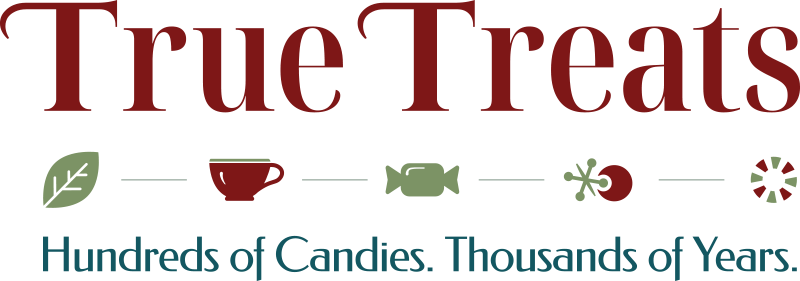Free Shipping on Orders over $49 (Retail Only)
Shop Now
- Address: 144 High Street Harpers Ferry, WV 25425
- Shop: 304.461.4714
- Orders: 304.535.8904

Yesterday, I gave a talk at the D.G. Cooley Elementary School in Berryville, Virginia, about the history of candy with plenty of samples as we went. Skeptics, such as health professionals or parents who fastidiously limit their children’s intake of sugar, may cringe. Candy? In the classroom? Seriously? No worries – I’m on their side.
But first, a little background. Candy is uniquely qualified for teaching children. They can relate to it directly – it’s not abstract, difficult, or about grown-up achievements. It’s about something in their realm and so, about them, complete with positive associations of candy bags at birthday parties and salt water taffy on family vacations. Just as important, candy gives them a visceral learning experience that touches all their senses- they see, smell, taste, touch, and even hear the sound of candy crunching.
 The best part of candy in the classroom, though, is the multi-faceted education that the young students literally consume. The early history of our nation, for example, is interwoven with cane sugar, the primary reason for slavery and a central component of the American Revolution. The stories through time are fascinating and the experience immediate: the children taste the chocolate Thomas Jefferson and John Adams ate, the candy bars the World War I soldiers relied on for health and nourishment, and the 10th century medicine used in Arabic apothecaries, now known as the Turkish Delight.
The best part of candy in the classroom, though, is the multi-faceted education that the young students literally consume. The early history of our nation, for example, is interwoven with cane sugar, the primary reason for slavery and a central component of the American Revolution. The stories through time are fascinating and the experience immediate: the children taste the chocolate Thomas Jefferson and John Adams ate, the candy bars the World War I soldiers relied on for health and nourishment, and the 10th century medicine used in Arabic apothecaries, now known as the Turkish Delight.
Other lessons relate to the Industrial Revolution and what it reveals about the foods we eat. Students sample the licorice root – yes, a real root – then travel through time to the licorice and the red twist. They try the cacao bean then the industrialized milk chocolate. They discover that all through history people ate what came from the ground and tree as well as the fish, birds, and livestock that lived. Today our experience of food frequently begins in the supermarket, with a range of ingredients, revealed on the all-important label. In the process, they also learn about marketing from branding to market-driven ingredients in such favorites as the Pixy Stix, which has colors and smells specially added to the actual ingredients to enhance the eating experience.
And those lessons are only the beginning! No matter what the content, though, the children leave better informed and more able to make wise decisions about the foods they love. All this in an hour or so of fun.
If you’re a teacher and want to know more about True Treats’ programs, please contact us. If you want to use candy in the classroom yourself, feel free to call or e-mail us for advice.




